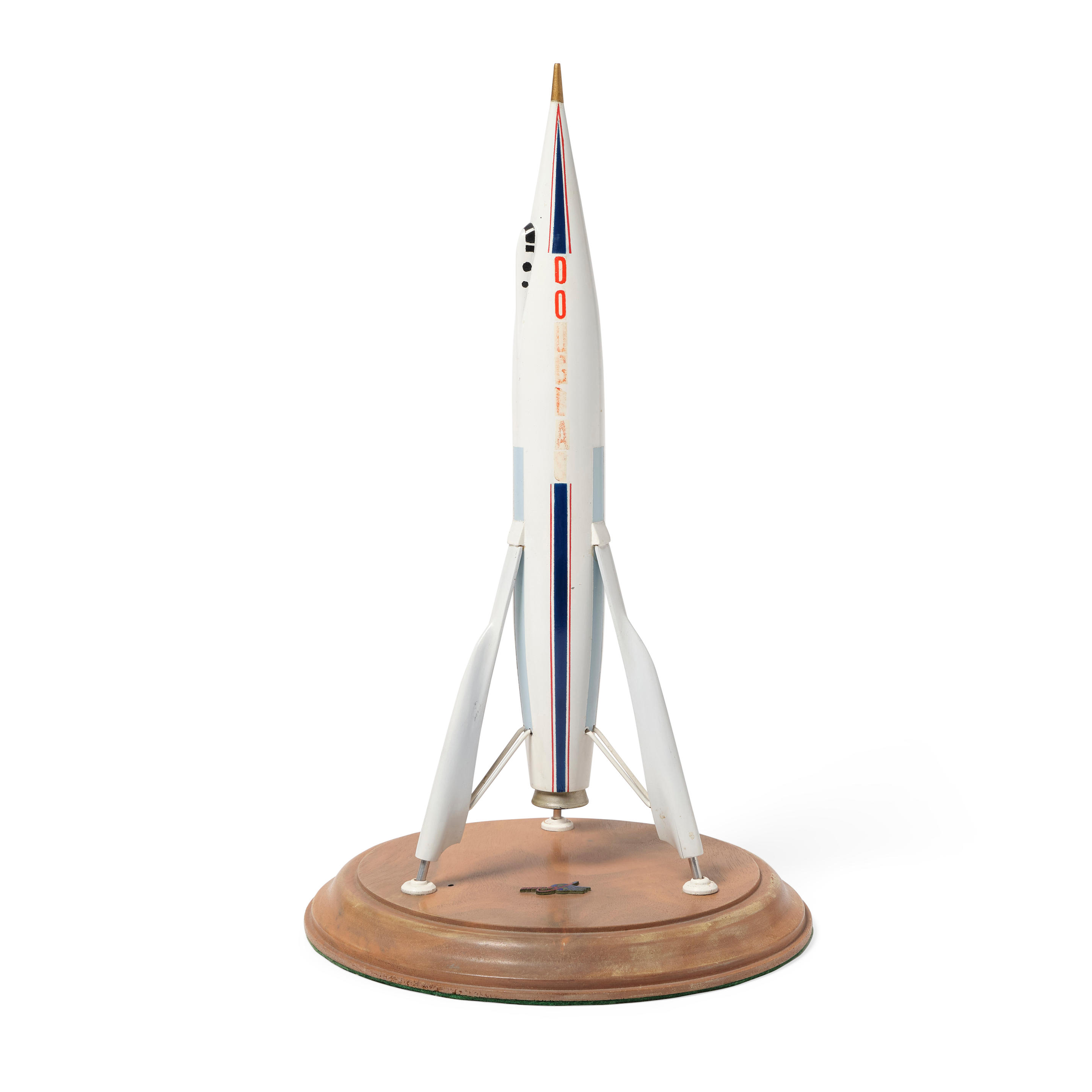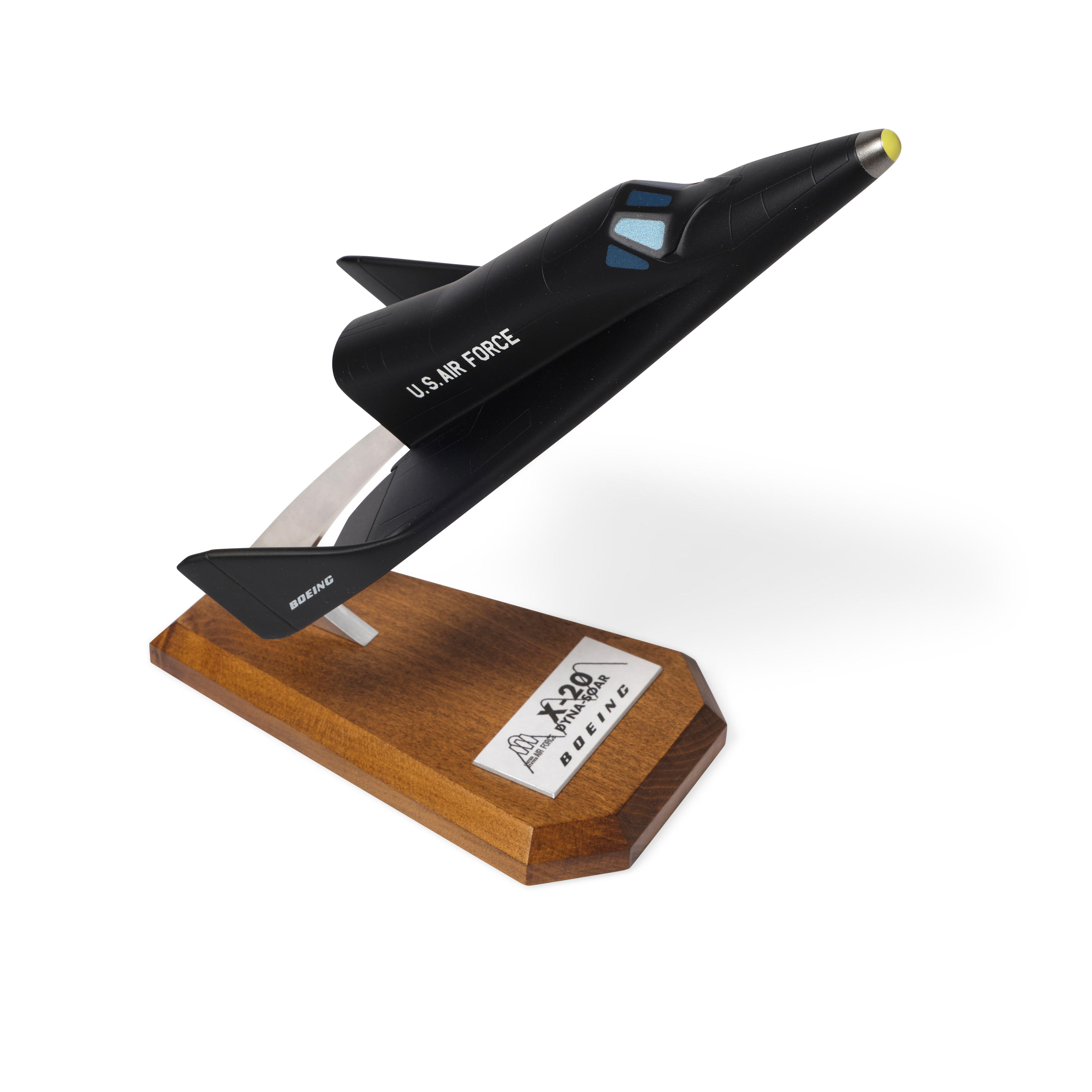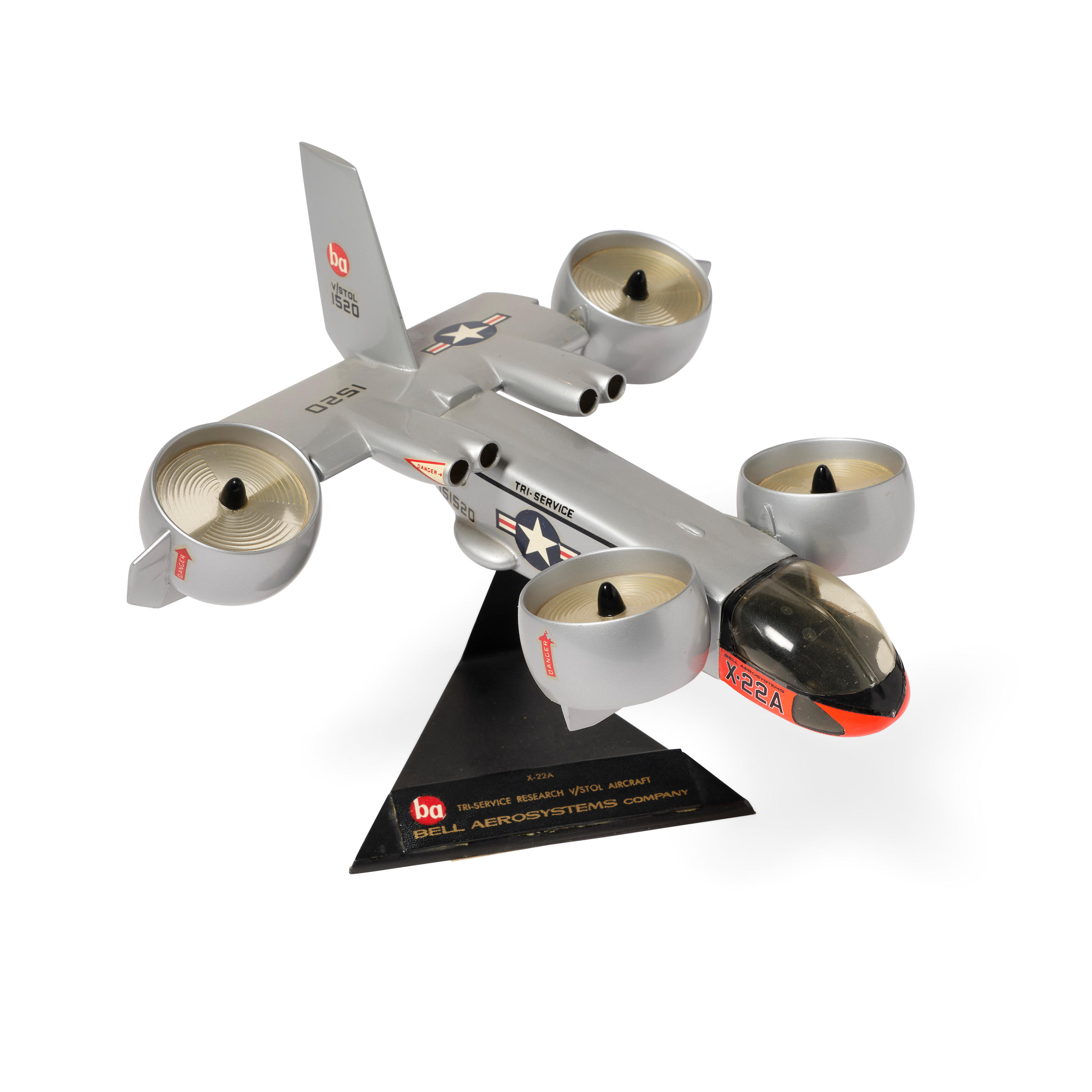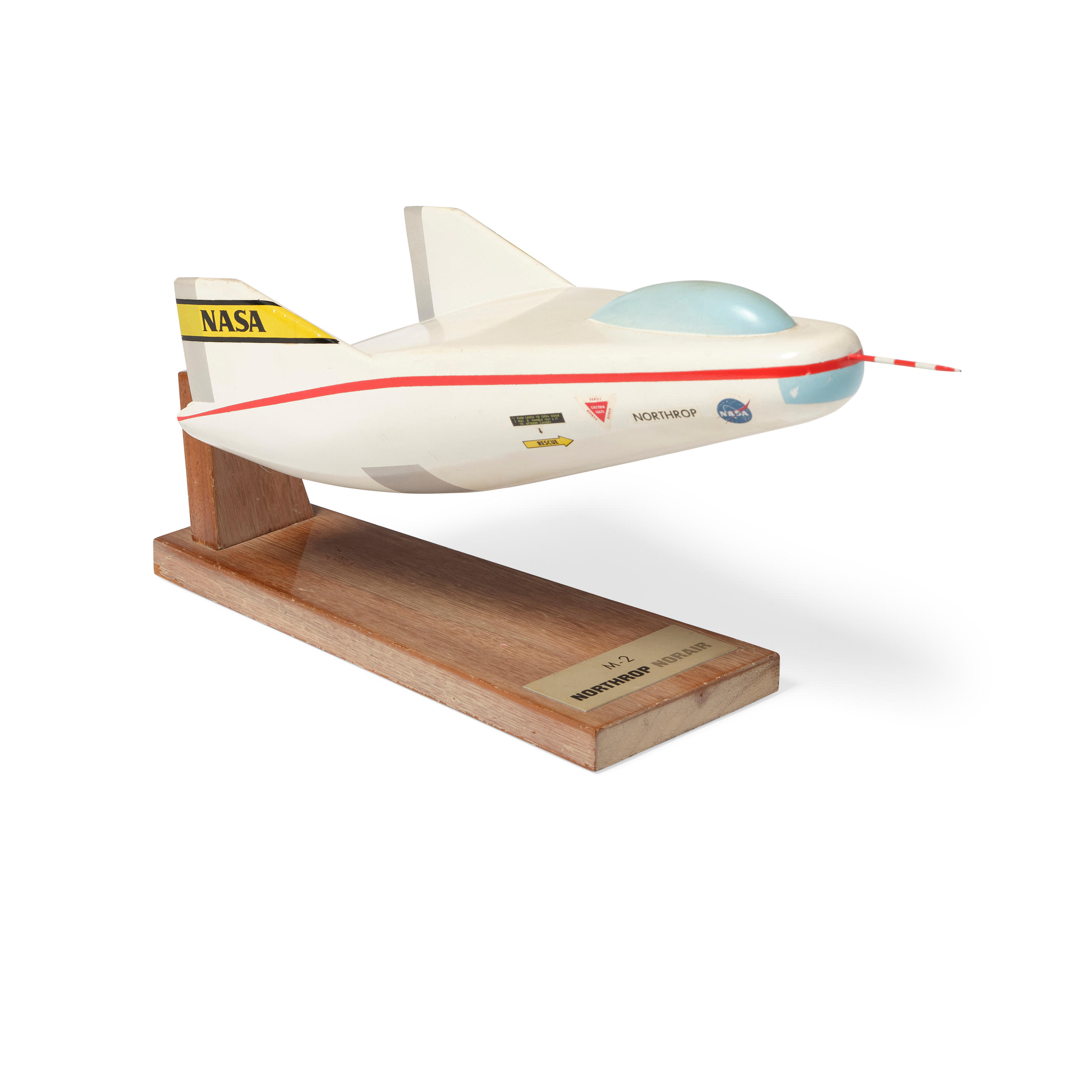PAUL COHEN ACKNOWLEDGES MARTIN DAVIS' INFLUENCE ON THE INDEPENDENCE OF THE CONTINUUM HYPOTHESIS.COHEN, PAUL. "The Independence of the Continuum Hypothesis." Offprint from: Proceedings of the National Academy of Sciences, Vol. 50, No 6, pp. 1143-1148. December 1963.
WITH: "The Independence of the Continuum Hypothesis II." Offprint from: Proceedings of the National Academy of Sciences, Vol. 51, No 1, pp. 105-110. January 1964.
AND WITH: Autograph Letter Signed ("Paul Cohen,"), 2pp, Stanford, CA, November 27, 1963, to Martin Davis, presenting the above two offprints and thanking Davis, in part: "I really should thank you for the encouragement you gave me in Stockholm. You were directly responsible for my looking once more at Set Theory. Previously I had felt rather outplayed & even humiliated by the logicians I had spoken to. Of course, the problem I solved had little to do with my original intent. In retrospect, though, the basic ideas I developed previously played a big role when I tried to think of throwing back a proof [of] the Axiom of Choice, as I had previously thought about throwing back a proof of contradiction."
AND WITH: Set Theory and the Continuum Hypothesis. New York: W.A. Benjamin, 1966. Original stiff wrappers.
Provenance Martin Davis (ownership signature and his notes).
Paul Cohen's "The Independence of the Continuum Hypothesis" addressed the first of David Hilbert's 23 open problems, Georg Cantor's continuum hypothesis, whether or not there exists an intermediate set of numbers, bigger than the set of all natural numbers but smaller than the set of real numbers. Cantor was convinced that the answer was no but wasn't able to prove his hypothesis.
"Some progress had been made since Cantor. Between about 1908 and 1922, Ernst Zermelo and Abraham Fraenkel developed the standard form of axiomatic set theory, which was to become the most common foundation of mathematics, known as the Zermelo-Fraenkel set theory (ZF, or, as modified by the Axiom of Choice, as ZFC).
Kurt Gödel demonstrated in 1940 that the continuum hypothesis is consistent with ZF, and that the continuum hypothesis cannot be disproved from the standard Zermelo-Fraenkel set theory, even if the axiom of choice is adopted. Cohen's task, then, was to show that the continuum hypothesis was independent of ZFC (or not), and specifically to prove the independence of the axiom of choice.
"Cohen's extraordinary and daring conclusion, arrived at using a new technique he developed himself called 'forcing,' was that both answers could be true, i.e. that the continuum hypothesis and the axiom of choice were completely independent from ZF set theory. Thus, there could be two different, internally consistent, mathematics: one where the continuum hypothesis was true (and there was no such set of numbers), and one where the hypothesis was false (and a set of numbers did exist). The proof seemed to be correct, but Cohen's methods, particularly his new technique of 'forcing,' were so new that no-one was really quite sure until Gödel finally gave his stamp of approval in 1963.
"His findings were as revolutionary as Gödel's own. Since that time, mathematicians have built up two different mathematical worlds, one in which the continuum hypothesis applies and one in which it does not, and modern mathematical proofs must insert a statement declaring whether or not the result depends on the continuum hypothesis" ("Paul Cohen: Set Theory and the Continuum Hypothesis," Storyofmathematics.com).
PAUL COHEN ACKNOWLEDGES MARTIN DAVIS' INFLUENCE ON THE INDEPENDENCE OF THE CONTINUUM HYPOTHESIS.COHEN, PAUL. "The Independence of the Continuum Hypothesis." Offprint from: Proceedings of the National Academy of Sciences, Vol. 50, No 6, pp. 1143-1148. December 1963.
WITH: "The Independence of the Continuum Hypothesis II." Offprint from: Proceedings of the National Academy of Sciences, Vol. 51, No 1, pp. 105-110. January 1964.
AND WITH: Autograph Letter Signed ("Paul Cohen,"), 2pp, Stanford, CA, November 27, 1963, to Martin Davis, presenting the above two offprints and thanking Davis, in part: "I really should thank you for the encouragement you gave me in Stockholm. You were directly responsible for my looking once more at Set Theory. Previously I had felt rather outplayed & even humiliated by the logicians I had spoken to. Of course, the problem I solved had little to do with my original intent. In retrospect, though, the basic ideas I developed previously played a big role when I tried to think of throwing back a proof [of] the Axiom of Choice, as I had previously thought about throwing back a proof of contradiction."
AND WITH: Set Theory and the Continuum Hypothesis. New York: W.A. Benjamin, 1966. Original stiff wrappers.
Provenance Martin Davis (ownership signature and his notes).
Paul Cohen's "The Independence of the Continuum Hypothesis" addressed the first of David Hilbert's 23 open problems, Georg Cantor's continuum hypothesis, whether or not there exists an intermediate set of numbers, bigger than the set of all natural numbers but smaller than the set of real numbers. Cantor was convinced that the answer was no but wasn't able to prove his hypothesis.
"Some progress had been made since Cantor. Between about 1908 and 1922, Ernst Zermelo and Abraham Fraenkel developed the standard form of axiomatic set theory, which was to become the most common foundation of mathematics, known as the Zermelo-Fraenkel set theory (ZF, or, as modified by the Axiom of Choice, as ZFC).
Kurt Gödel demonstrated in 1940 that the continuum hypothesis is consistent with ZF, and that the continuum hypothesis cannot be disproved from the standard Zermelo-Fraenkel set theory, even if the axiom of choice is adopted. Cohen's task, then, was to show that the continuum hypothesis was independent of ZFC (or not), and specifically to prove the independence of the axiom of choice.
"Cohen's extraordinary and daring conclusion, arrived at using a new technique he developed himself called 'forcing,' was that both answers could be true, i.e. that the continuum hypothesis and the axiom of choice were completely independent from ZF set theory. Thus, there could be two different, internally consistent, mathematics: one where the continuum hypothesis was true (and there was no such set of numbers), and one where the hypothesis was false (and a set of numbers did exist). The proof seemed to be correct, but Cohen's methods, particularly his new technique of 'forcing,' were so new that no-one was really quite sure until Gödel finally gave his stamp of approval in 1963.
"His findings were as revolutionary as Gödel's own. Since that time, mathematicians have built up two different mathematical worlds, one in which the continuum hypothesis applies and one in which it does not, and modern mathematical proofs must insert a statement declaring whether or not the result depends on the continuum hypothesis" ("Paul Cohen: Set Theory and the Continuum Hypothesis," Storyofmathematics.com).















Try LotSearch and its premium features for 7 days - without any costs!
Be notified automatically about new items in upcoming auctions.
Create an alert